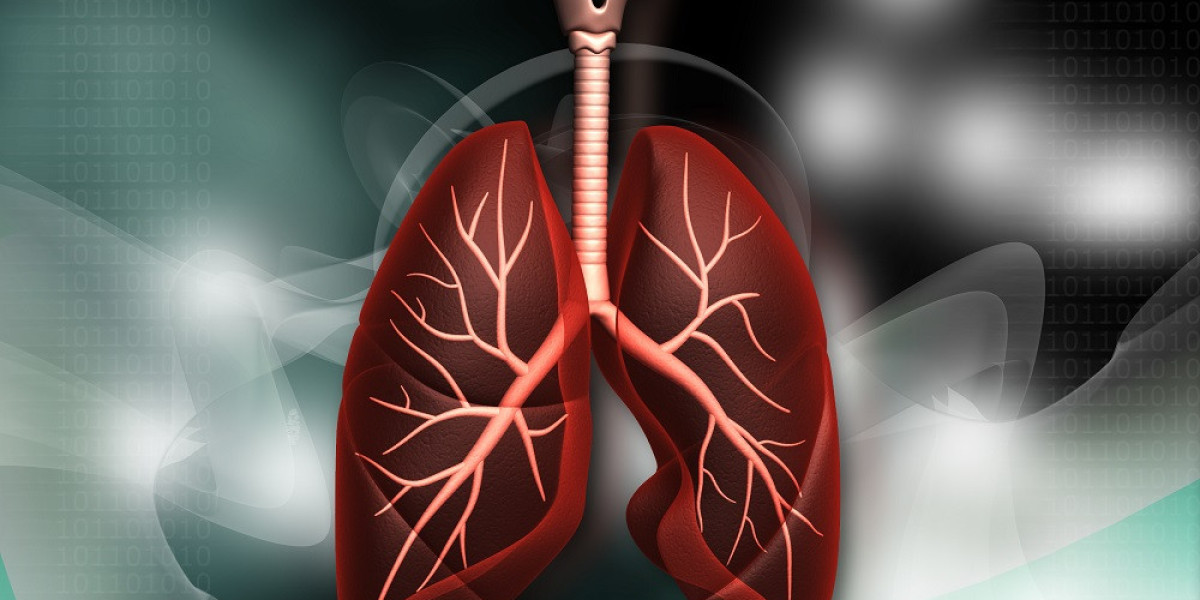What are ILDs?
Interstitial lung diseases (ILDs) are a group of diseases that cause scarring or thickening of the lungs. The interstitium is the tissue between the air sacs in the lungs, also known as the alveoli. When the interstitium becomes damaged, it makes the lungs stiff and scarred, making it difficult to breathe. The damage also reduces the lungs' ability to inhale oxygen from the air and exhale carbon dioxide.
Causes of ILDs
There are over 200 different ILDs with varying etiologies. Some of the most common causes include:
- Autoimmune disorders: Conditions like rheumatoid arthritis or scleroderma can cause the immune system to attack the lungs.
- Environmental exposures: Breathing in certain toxic substances over long periods of time, including metals, wood dust, silica, or radiation.
- Connective tissue diseases: Lung damage caused by disorders affecting connective tissues in the body like sarcoidosis.
- Genetic factors: Rare inherited conditions that damage the lungs over time such as Hermansky-Pudlak syndrome.
- Unknown causes: Idiopathic pulmonary fibrosis has no known causes and the lungs just become scarred over time.
Symptoms of Interstitial Lung Diseases
The symptoms of ILDs can vary depending on the specific condition but often include:
- Shortness of breath, especially during physical exertion. The breathlessness gradually worsens over time.
- A dry cough that may produce small amounts of clear, white, or watery mucus.
- Fatigue due to requiring more effort to breathe.
- Finger or nail clubbing where fingertips enlarge and nails curve downward.
- Weight loss caused by not feeling hungry or having trouble eating due to shortness of breath.
Diagnosing ILDs
To diagnose Interstitial Lung Disease , doctors evaluate a patient's symptoms, medical history, occupational exposures, and conduct tests such as:
- Chest X-rays may show scarring, reticulation or honeycomb patterns in the lungs.
- Pulmonary function tests to measure lung capacity and gas exchange. Restrictive or diffusion abnormalities indicate lung stiffening.
- High-resolution CT scan provides clearer images of scarring in the lungs.
- Lung biopsy, either through bronchoscopy or surgery, allows doctors to view lung tissue under a microscope.
Treating Interstitial Lung Diseases
Treatment depends on the specific ILD diagnosis but may include:
- Supplemental oxygen if oxygen levels are low. This improves breathing and quality of life.
- Corticosteroids like prednisone to reduce inflammation in the lungs from autoimmune conditions. Continued use helps slow disease progression.
- Immunosuppressants that suppress the immune system when it's attacking lung tissue in disorders like sarcoidosis. Azathioprine and cyclophosphamide can be used.
- Lung transplantation may help when scarring is severe and significantly impacts daily living. This replaces the lungs with donor lungs.
Get more insights on - Interstitial Lung Disease







